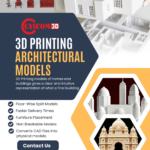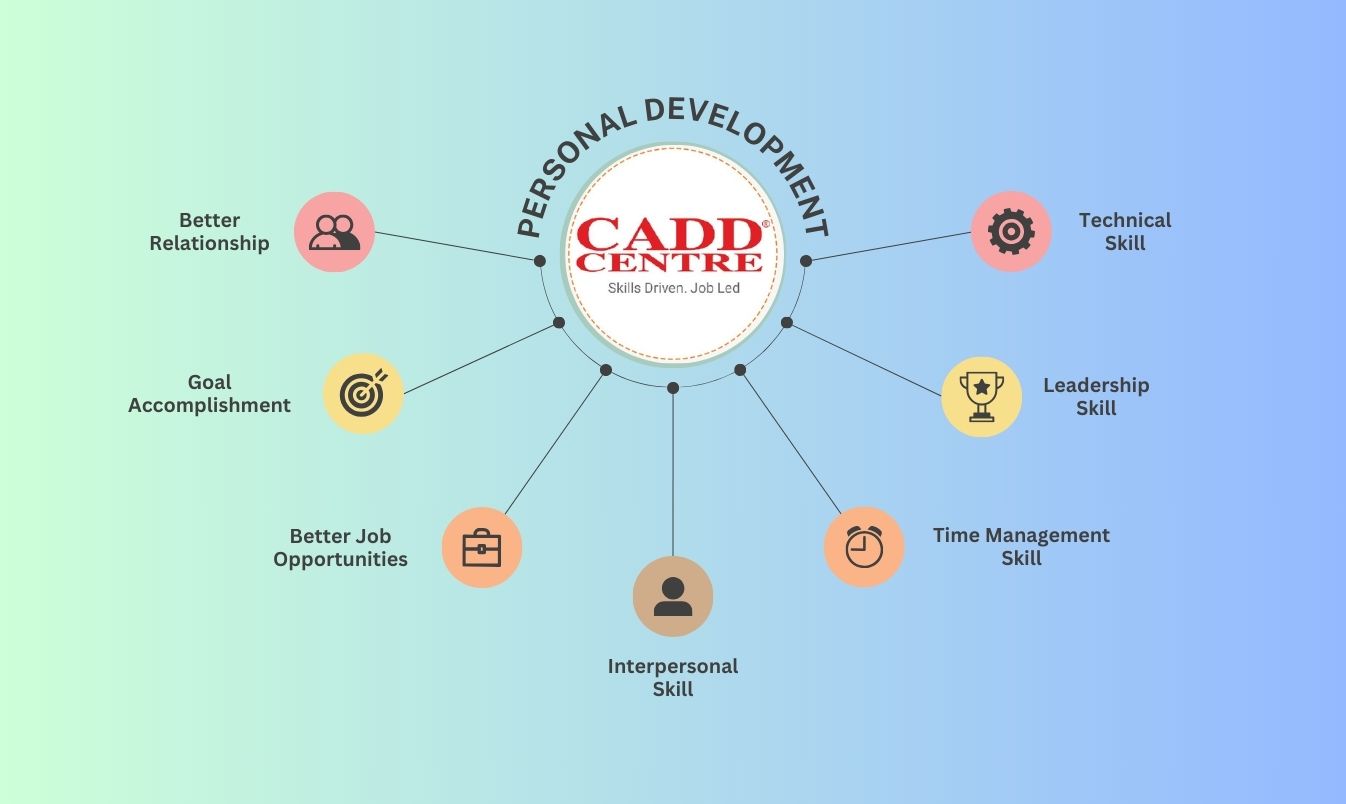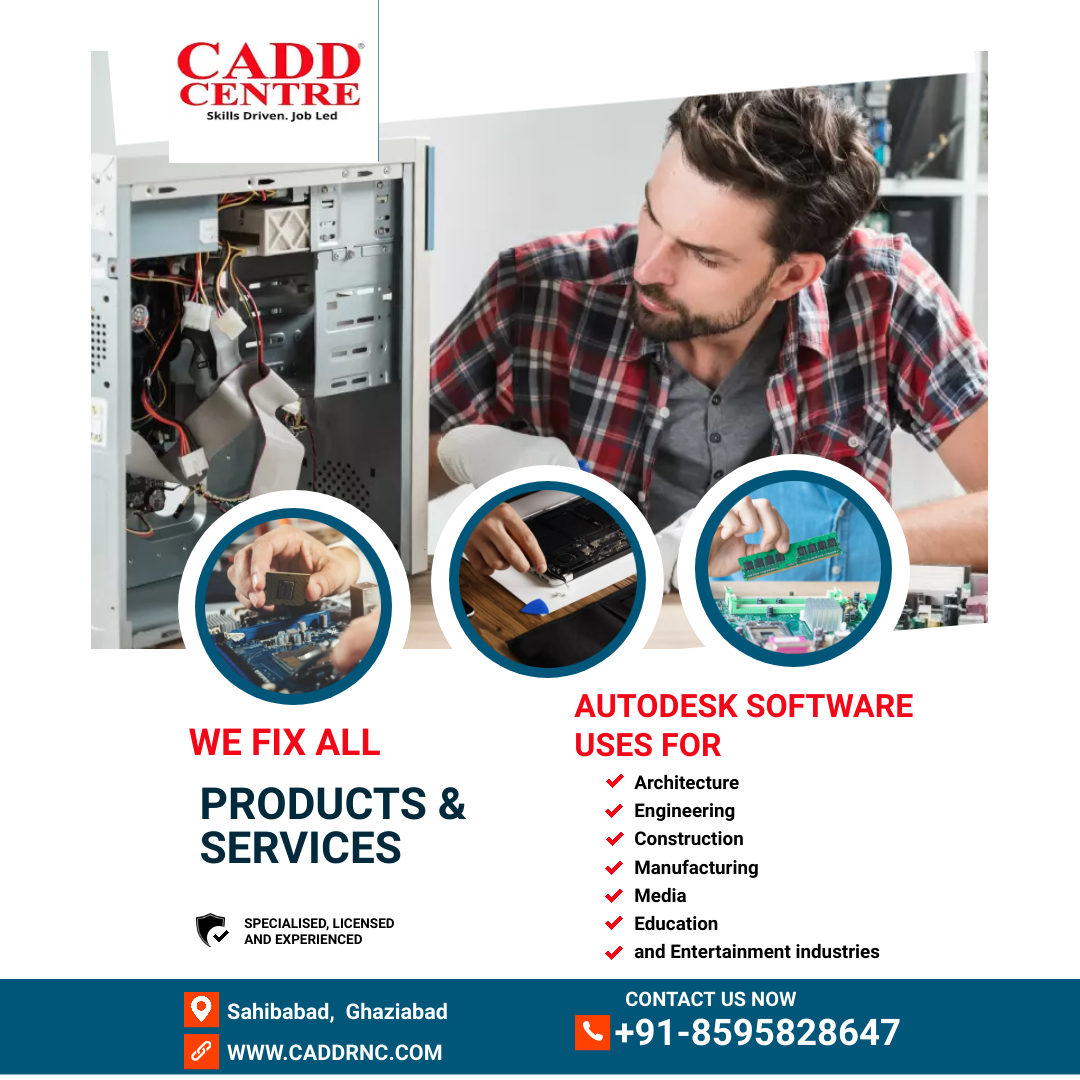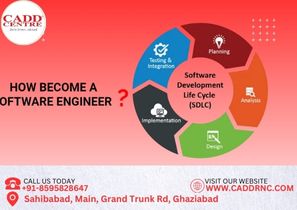Details of Course, Time Period and contents
Duration: 180hours
Software Cover: Proficient in AutoCAD +ProficientAutoCAD and Revit MEP
Main Contents: Create design and digital models of HVAC systems, electrical layouts, and plumbing systems.
Carry out design analysis, and documentation
Optimize the layout of building systems
A course on MEP (Mechanical, Electrical, and Plumbing) design covers the essentials of designing and managing the mechanical, electrical, and plumbing systems in buildings. These systems are crucial for ensuring the functionality, comfort, and safety of a building’s environment.
Here’s an outline of what such a course might include:
### 1. **Introduction to MEP Systems**
– Overview of MEP design and its importance.
– Roles and responsibilities of MEP engineers.
– Overview of building codes and regulations.
### 2. **Mechanical Systems**
– **HVAC Systems:**
– Basics of heating, ventilation, and air conditioning.
– Load calculations and system design.
– Ductwork and piping layout.
– Energy efficiency and sustainability considerations.
– **Plumbing Systems:**
– Water supply and distribution.
– Drainage and waste systems.
– Fixtures and fittings.
– Design for water conservation and efficiency.
### 3. **Electrical Systems**
– **Power Distribution:**
– Electrical load calculations.
– Circuit design and panel distribution.
– Lighting design and controls.
– **Safety Systems:**
– Emergency power systems.
– Fire alarm and detection systems.
– Security and communication systems.
### 4. **Integration and Coordination**
– How to integrate mechanical, electrical, and plumbing systems in a building.
– Coordination with architectural and structural designs.
– Use of Building Information Modeling (BIM) for MEP design.
### 5. **Sustainability and Energy Efficiency**
– Green building practices and standards (e.g., LEED).
– Energy-efficient systems and technologies.
– Environmental impact and lifecycle analysis.
### 6. **Practical Application**
– Case studies and real-world scenarios.
– Hands-on exercises and design projects.
– Software tools used in MEP design (e.g., AutoCAD, Revit).
### 7. **Current Trends and Future Developments**
– Emerging technologies and innovations in MEP design.
– Smart buildings and IoT integration.
### **Course Format**
– **Lectures and Readings:** To cover theoretical concepts.
– **Workshops and Labs:** For hands-on experience.
– **Assignments and Projects:** To apply knowledge in practical scenarios.
– **Exams/Assessments:** To test understanding and skills.
### **Prerequisites**
– Basic knowledge of engineering principles.
– Familiarity with building construction and design.
If you’re interested in a specific institution or provider offering such a course, let me know! I can help you find options that fit your needs.
balances functionality, safety, and aesthetics to create spaces that meet the needs and aspirations of the users.
Get in Touch
Address:Plot No.10, Above Burger King Restaurant, Near Metro Station, Sector-5 Rajendra Nagar Sahibabad, Ghaziabad, Uttar Pradesh 201005
Phone: +91-8595828647 , 9718824848
About Us
We are associted with CADD CENTRE , a trusted institution, enriching the careers of over 2.5 million learners worldwide technical courses . CADD CENTRE Training Services having training experience of 30 year in the field of AutoCAD(2D&3D) , Revit Architecture ,3ds Max , SoildWorks, CATIA, Ansys, Creo, STADD.PRO, C, C++, Pyhton, JAVA, Robotics Design , SketchUP, NX CAD etc.
Recent Posts
-
🌟 Start Your Journey in Design and Analysis with CADD RNC! 🌟
Are you ready to boost your engineering…










